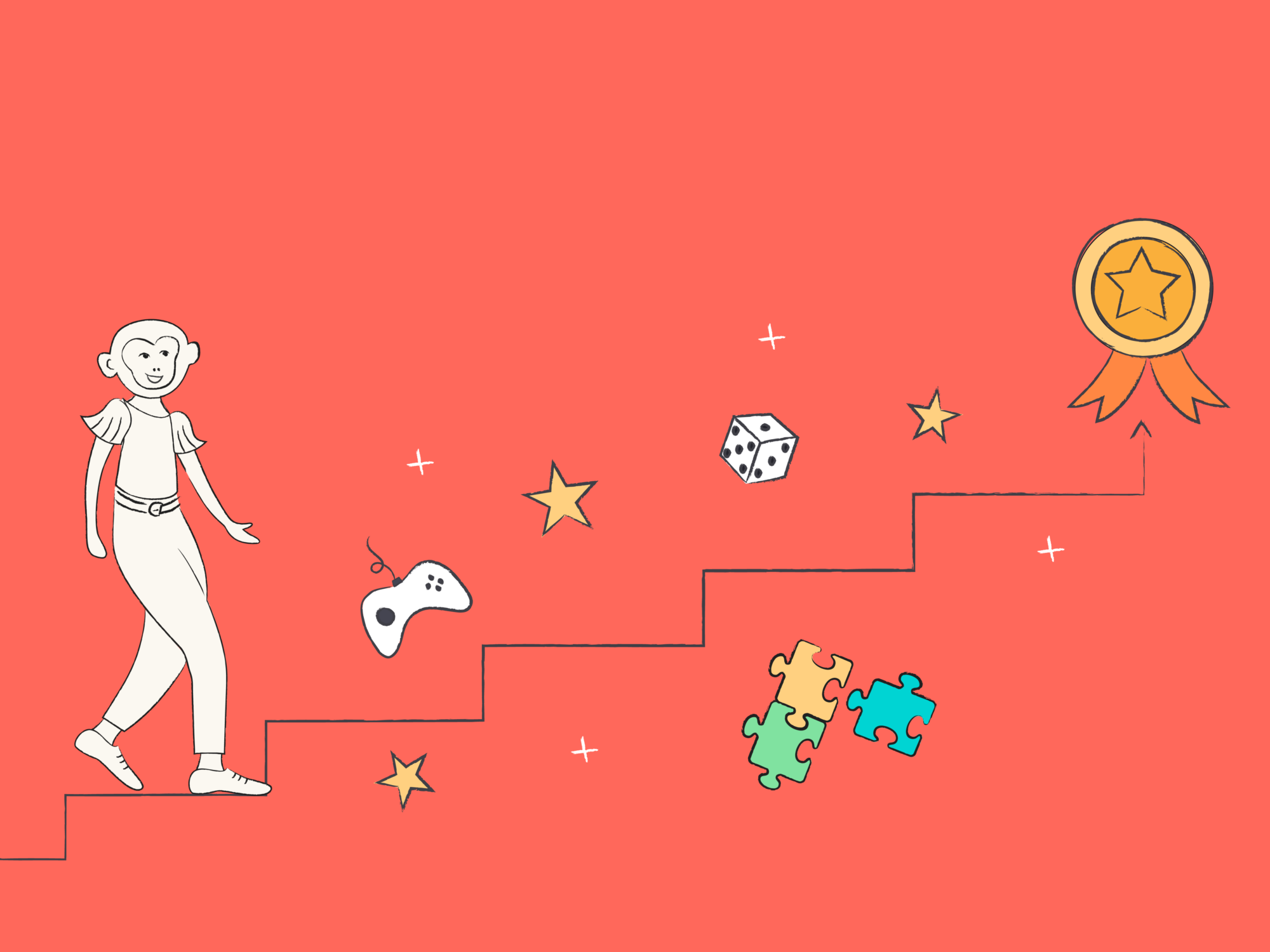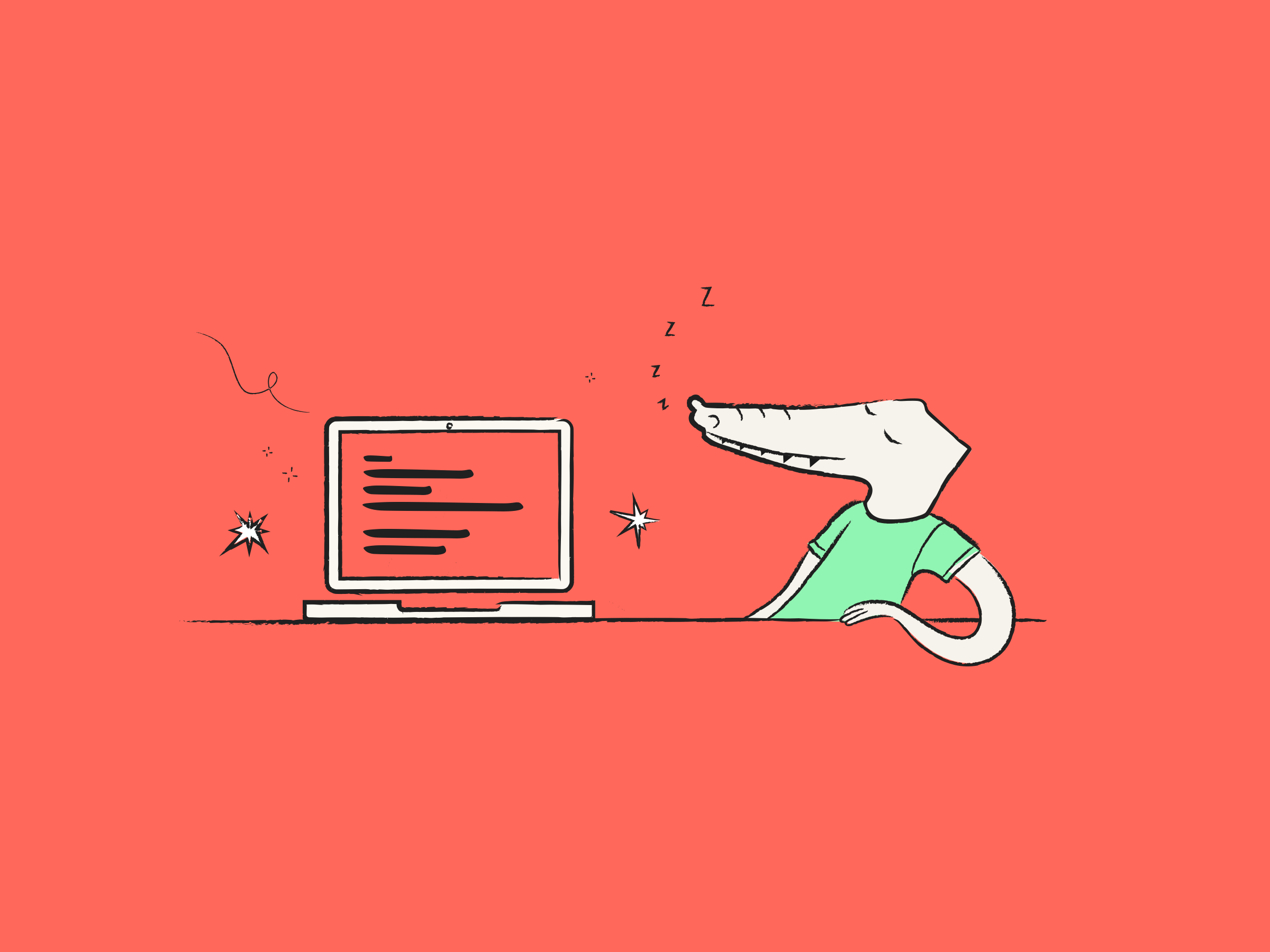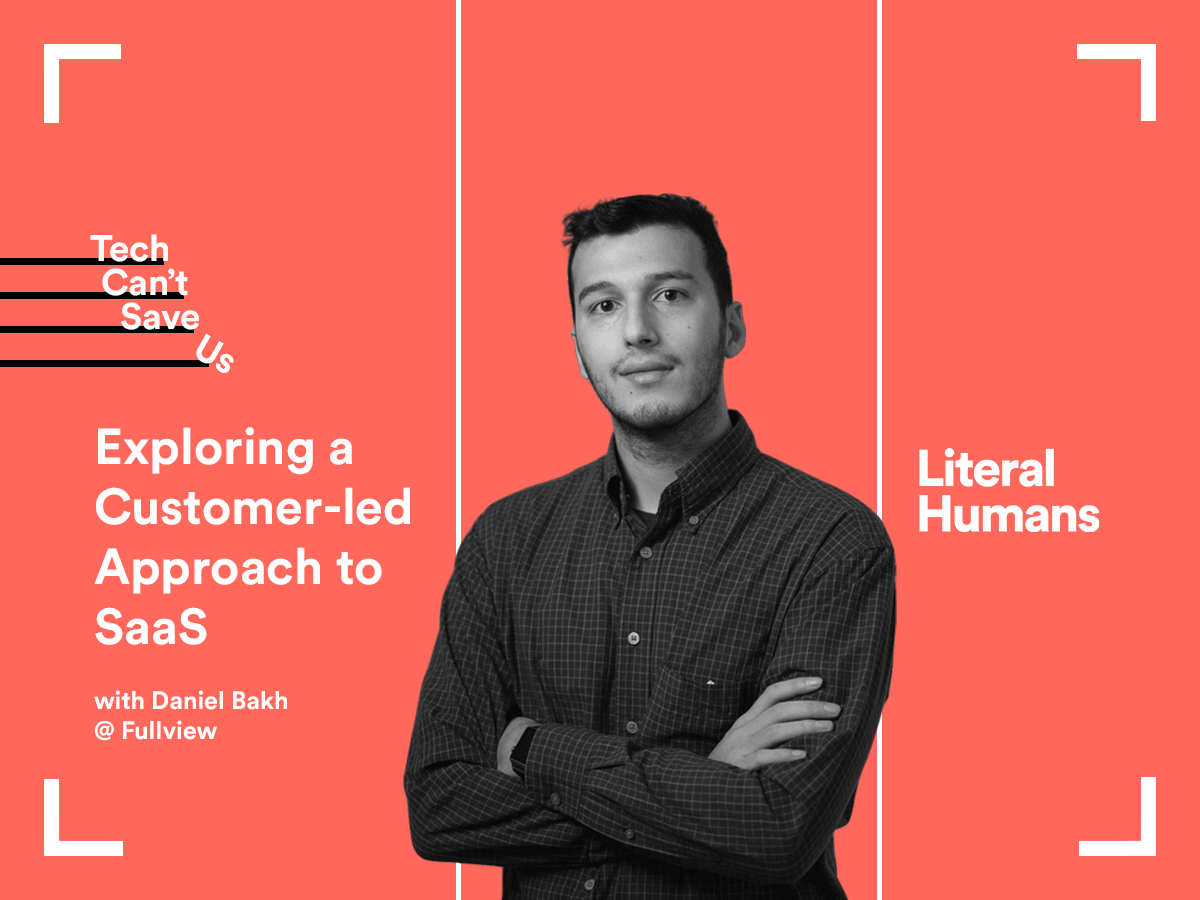Human resource management doesn’t have to be so serious. We’re humans. Humans like to have fun.
Keeping up with HR trends can be tricky. And companies have to think ahead when it comes to making sure their employees are happy and satisfied.
Believe it or not, we learn faster and retain more knowledge when content is presented in a game format. Gamification results in 14% higher scores on skill-based tests and 11% on factual knowledge tests.
So, it’s time to add some good-hearted competition to your HR tech. But how? We’ll look at exactly what gamification is, how you can use it for HR processes, and some great examples to learn from.
What is gamification?
Gamification refers to incorporating game-like elements to aid learning. Think quizzes, leaderboards, and competitions. Without noticing, you’ve most likely come across this in workplaces, apps, education, and more.
Gamification is popping up everywhere because of its data-backed success. It’s one of the reasons why companies, and HR departments in particular, are adopting these practices. It often makes mundane tasks engaging and reduces staff turnover. This has a positive effect overall on workplace culture and productivity.
Unsurprisingly, staff react more positively to VR and video-game-style training programs than watching a three-hour webinar. After all, we millennials grew up in the age of gaming.

How can HR technology use gamification?
So what does this have to do with human resources? Well, it turns out that adding an element of fun and healthy competition can do wonders for HR processes like onboarding, recruitment, retention, and engagement. Who would have thought it?
Recruitment process
Scanning hundreds of CVs and cover letters can make the hiring process time-consuming, expensive, and inefficient. Without being able to determine viable candidates from those who didn’t bother to read the job description, you can spend days, weeks, and even months sifting through them.
Not only will this negatively impact your company, but it’ll also affect the responses of those you want to hire. If it’s been a month since the application was sent in, it’s likely your ideal candidate has already been offered a different position, setting you back further.
Instead, gamification can be used to assess the capability of applicants. Here are some commonly-used ideas:
- Reproducing likely scenarios: Having candidates work through potential scenarios, like difficult customers or missing orders, can offer insight into a person’s behavior. From the results, you can assess their experience in customer service, how practical thinking they are, and how empathetic they are. HR Avatar offers hundreds of immersive tests to send to candidates and provides measurements of skills, behavior, and personality factors.
- Quiz: A multiple choice quiz is a good way to understand how candidates would act in relevant situations for your company and how well they understand what your business does. A popular choice is asking the applicant to rank the answers from best to worst.
- Puzzles or riddles: Rather than a standard application process, why don’t you publicly release a riddle? Whoever is able to solve it shows they have the skills and knowledge to work at your company. You then have a much smaller pool of applicants to consider, who all have the appropriate skill level for the job. Google has taken this approach in the past.

Onboarding process
Training programs can be dull. There’s no escaping that. But they don’t have to be! You could improve employee engagement, efficiency, and learning and development in your workforce by having a gamified onboarding process.
Karl M. Kapp writes in The Gamification of Learning and Instruction:
“Games give experiences meaning; they provide a set of boundaries within a ‘safe’ environment to explore, think and ‘try things out.’ Games provide motivation to succeed and reduce the sting of failure.”
There are some great ways to do this:
- Reward systems: If you aren’t able to implement online games within your training programs, then introduce a reward system instead. This could take the form of leaderboards, badges, prizes, and more. This requires very little money and time and will motivate your new hires to complete the necessary tasks.
- Challenges and achievements: Providing new employees with easy-to-achieve challenges is important. Without frequent achievements, they may lose motivation and confidence in their ability. Setting achievable goals will create a welcoming and relaxed onboarding experience.

Retention
If your company has a high employee turnover, people will begin to question your work environment. In a 2020 report, it was found that employee turnover costs employers more than $630 billion annually. Struggling with retention can be down to a number of factors. From lack of initiatives for employee productivity to a general lack of teamwork amongst your staff.
HR managers know the struggle of keeping employees happy. If you’re finding it difficult, gamification strategies might be your answer. Introducing game elements into your company culture could change the atmosphere and attitude in the office. By using game technology, you can focus on:
- Upskilling: Lack of career development has been the number one category for employees leaving their jobs for 10 years straight. Game mechanics can make upskilling fast and easy for your employees without the need for staff intervention or training days.
- Improving engagement: With the recent phenomenon of quiet quitting, ensuring your employees are engaged and enthusiastic is key to running a successful business. Adding a competitive incentive or a little extra fun into the normal workday could help keep staff invested in your business.

Examples of gamification in HR
More and more HR departments are clocking on to this trend, so you don’t want to be left behind. Ultimately, your employees are likely to migrate if other workplaces adopt a culture of fun and games. Let’s take a look at some of the best examples for inspiration.
Onboarding at Deloitte
Deloitte’s virtual office tour is set up like a video game. Starting in an airport, you choose your destination and fly to the city of your choice, where you can visit the local Deloitte office. Here you can talk to employees and get a sense of the company culture. I’m sure you’ve never experienced an office tour like it.

NTT’s training game
Find it difficult to identify the natural leaders in your team? Or maybe you need to find out people’s weaknesses to know what to focus them on. Well, NTT has started to train employees using a game called Samurai.
By taking on quests with your team in order to scale Mount Fuji, HR professionals will be able to identify a workforce’s strengths and weaknesses. This is the perfect example of gamification for a large-scale company.
Linkedin’s recruiting hackathon
A hackathon refers to when a team of programmers or engineers come together to collaborate on a certain task in a short time period. The element of being ‘against the clock’ encourages teamwork and motivates those taking part to do their best.
By gathering their team together and collaborating with Flipkart in India, Linkedin created a fun and competitive recruitathon. It was incredibly successful, as they scored 226 candidates in less than 5 hours.
And yes we won it #recruitathon @PHSREEJITH @Laxmi_murali @NaoremLaxmi @usha_murthy @bc_pinto pic.twitter.com/d4MjiSRjV5
— Ragini (@ragini_jaswal) July 8, 2015
LEGO’s The brick factor competition
Fancy sitting around building LEGO all day? When Lego recruit for their new ‘master builder’ position, they hold a two-day competition where competitors face a series of creative challenges. The top 10 builders are then invited to an interview and a final building challenge. It’s the ultimate interview. See, HR gamification can be fun.

Ready to have some fun?
It’s clear how HR can use gamification effectively. So, why not try it out? A healthy company culture means an efficient business. Despite spending most of our lives at our workplace, we’re not working robots, so let’s have some fun along the way.
If you want to give it a go, Microsoft Dynamics 365 has an easy-to-install solution which means you can integrate gamification into your business. Choose any metric you wish to define, and you can set your team up on a game in no time.









